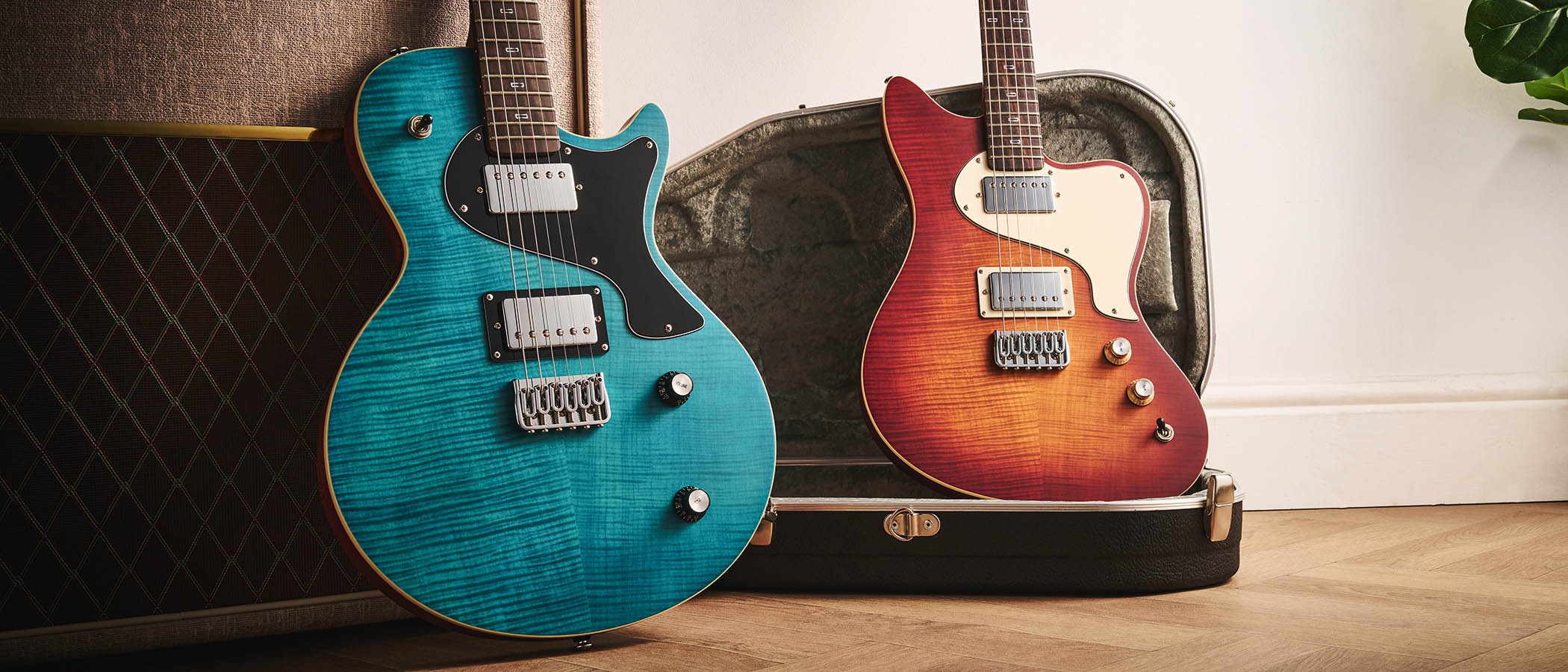“The guitars Gibson was making during wartime often reflect a number of shortages they had to deal with”: Why the 1942 Gibson Southern Jumbo is far more than a J-45 in fancy dress
Mismatched tops, laminated necks, the ravages of WWII meant the first-year Southern Jumbo was a moveable feast – but it is a real vintage treasure. Dave Davidson of Well Strung Guitars explains…
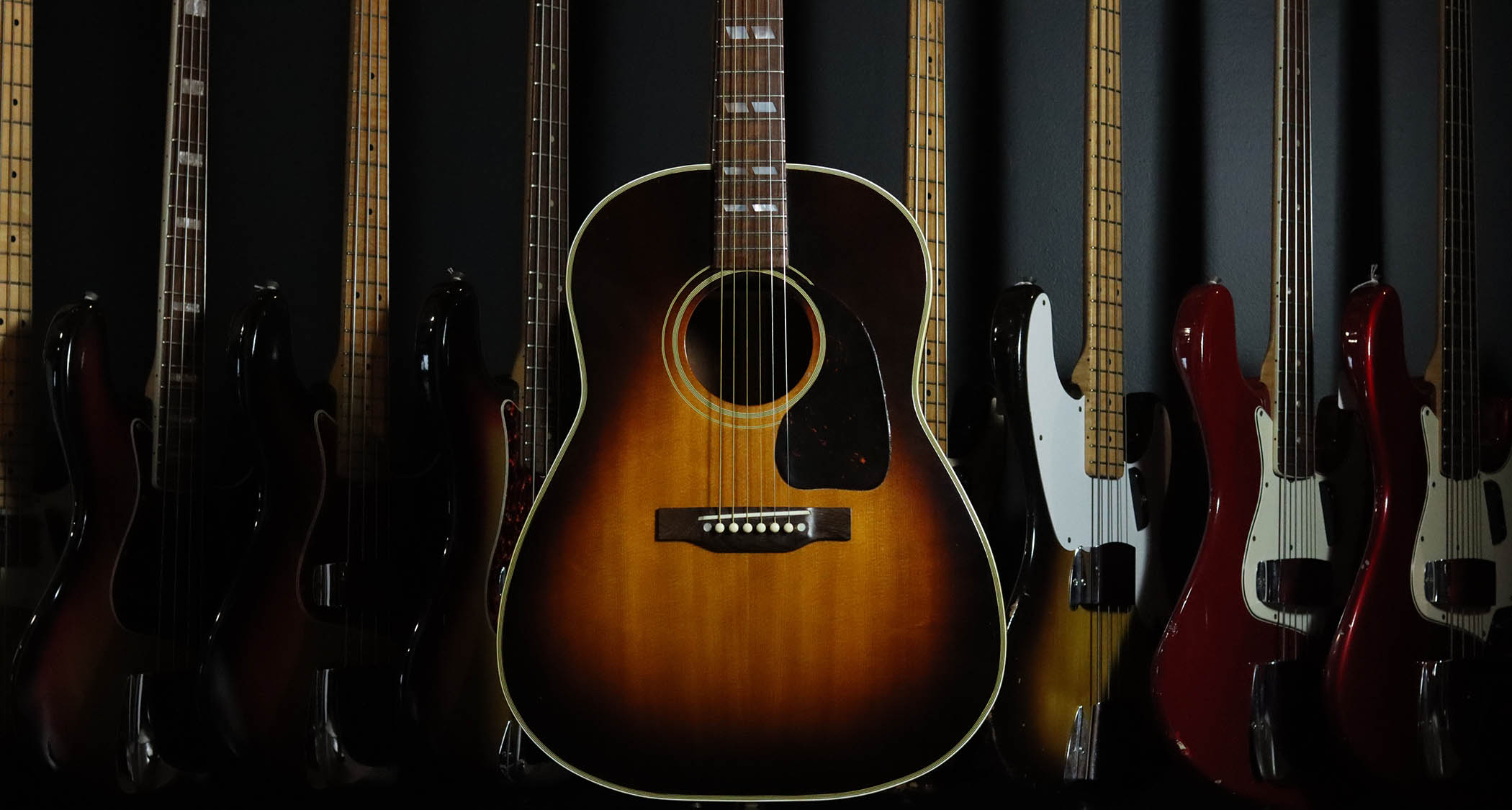
The reason I wanted to feature a Gibson flat-top is that people are very excited about them now. Of course, they’ve always been popular, but I’m now hearing that sound on virtually every record. I’m just not hearing people banging on about Martins any more, especially in the Nashville scene.
With that in mind, I have this extraordinary Gibson Southern Jumbo that’s a real sweetheart. Not only does it sound good and play superbly, it’s also pretty much pristine and has the banner headstock logo. The ‘H’ suffix with the FON stamp denotes ‘1942’, which is the first year Southern Jumbos were made – although the model wasn’t officially released until the following year.
The guitars Gibson was making during wartime often reflect a number of shortages they had to deal with. That’s why the company used various types of tuners, such as Waverlys and Grovers, and different types of wood. For instance, rosewood guitars like this one featured Indian rather Brazilian backs and sides.
They sometimes also had mismatched tops, maybe half Adirondack and half Sitka, and Gibson would occasionally put a stripe down the centre seam of the top to disguise the fact the pieces weren’t bookmatched. I’m sure there was a stack sheet showing how many guitars were supposed to be built, so Gibson did whatever they had to do to keep the production line moving.
The necks varied, too; I’ve seen photos of laminated Gibson necks from that era, rather than single piece. They usually used mahogany but sometimes maple. This guitar has the typical 1.75-inch nut width, or 1.77-inch to be exact, so it’s quite a hefty and deep single-piece mahogany neck that fills the hand completely.
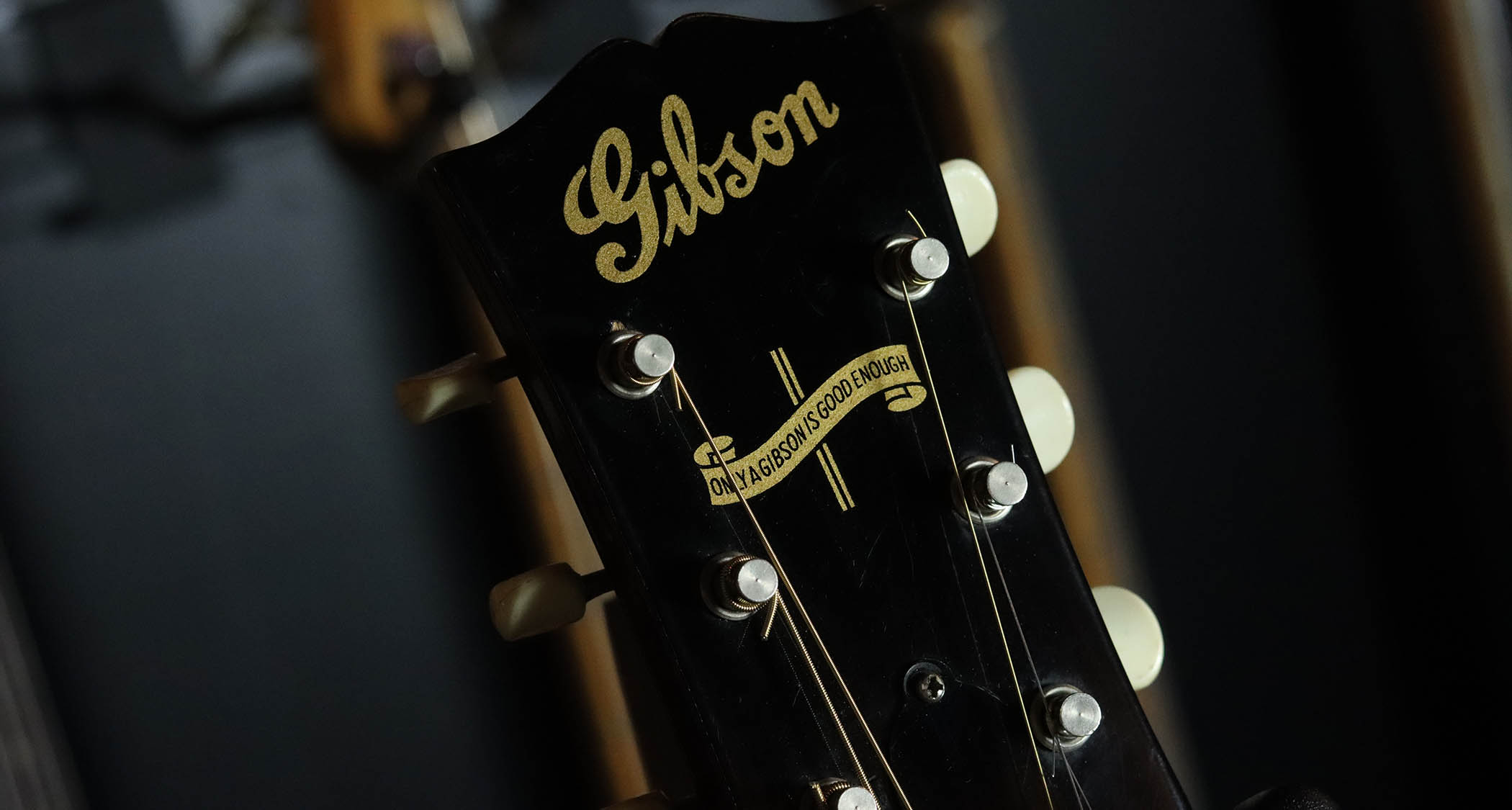
I find it amazing how at that time in Gibson’s history they were able to adapt. Of course, other guitar companies had to do the same thing and I’m planning to do a deeper dive and learn more about that wartime era. Gibson retained some key craftspeople and women were trained up to work on the production line. These days, if you visit Gibson’s Custom Shop, there are still a lot of female luthiers.
When we first acquired this Southern Jumbo we noticed a repaired crack on the bass side of the upper bout. It was about two inches long, but it had been repaired a very long time ago – they did such an amazing job you need to look hard to find it. You can blacklight the area and it doesn’t even show up.
All the latest guitar news, interviews, lessons, reviews, deals and more, direct to your inbox!
I’ve gathered a lot of information about Gibson’s wartime production and I discovered that many guitars with factory-repaired defects were shipped as brand-new guitars because they didn’t always have enough wood to fix or replace every piece. If a guitar cracked during production, they’d find a way to repair it and ship it out.
I can’t guarantee this guitar was factory-repaired, but it was done a very long time ago by someone who really knew what they were doing. There are many people who can do work of this quality these days, but back then there would have been far fewer.
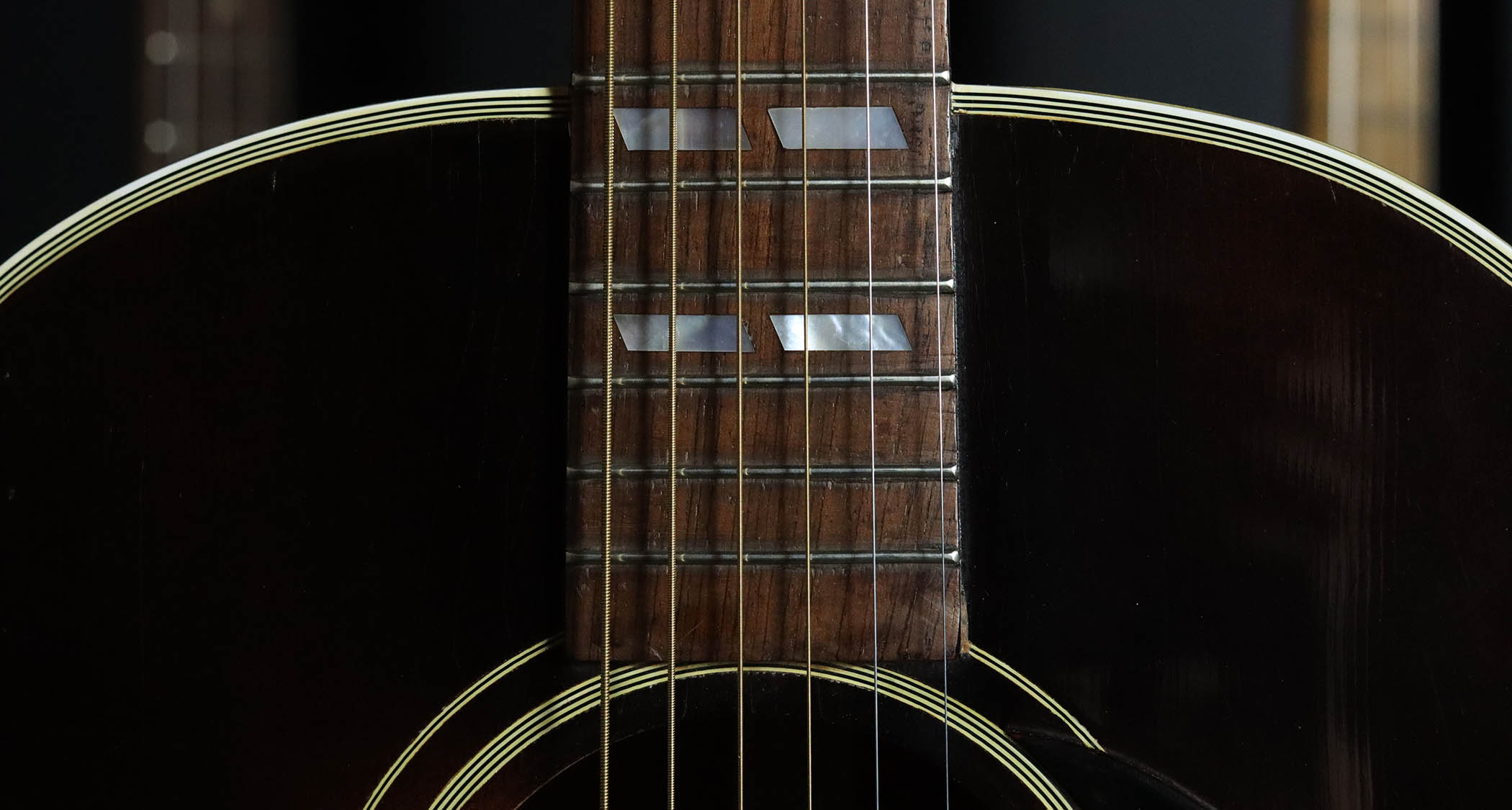
Comparing the tone with a mahogany J-45 or J-50 from the same era, the rosewood produces a deeper, richer and fuller tone. In contrast, the mahogany’s tone is more focused on the midrange, which is why so many people favour them for recording. I happen to think the banner SJ would be a great live performance guitar with a bass end that carries through well.
If you grade guitars from one to 10, with 10 being the best, this banner SJ is a 9.8 because it’s like new. When we got it, I gave it to my luthier for a setup and new set of strings. He then called me into his office to show me the truss rod nut because it had never been adjusted. You can tell because Gibson sprayed lacquer over them knowing it would easily flake off the first time a wrench was used to turn it.
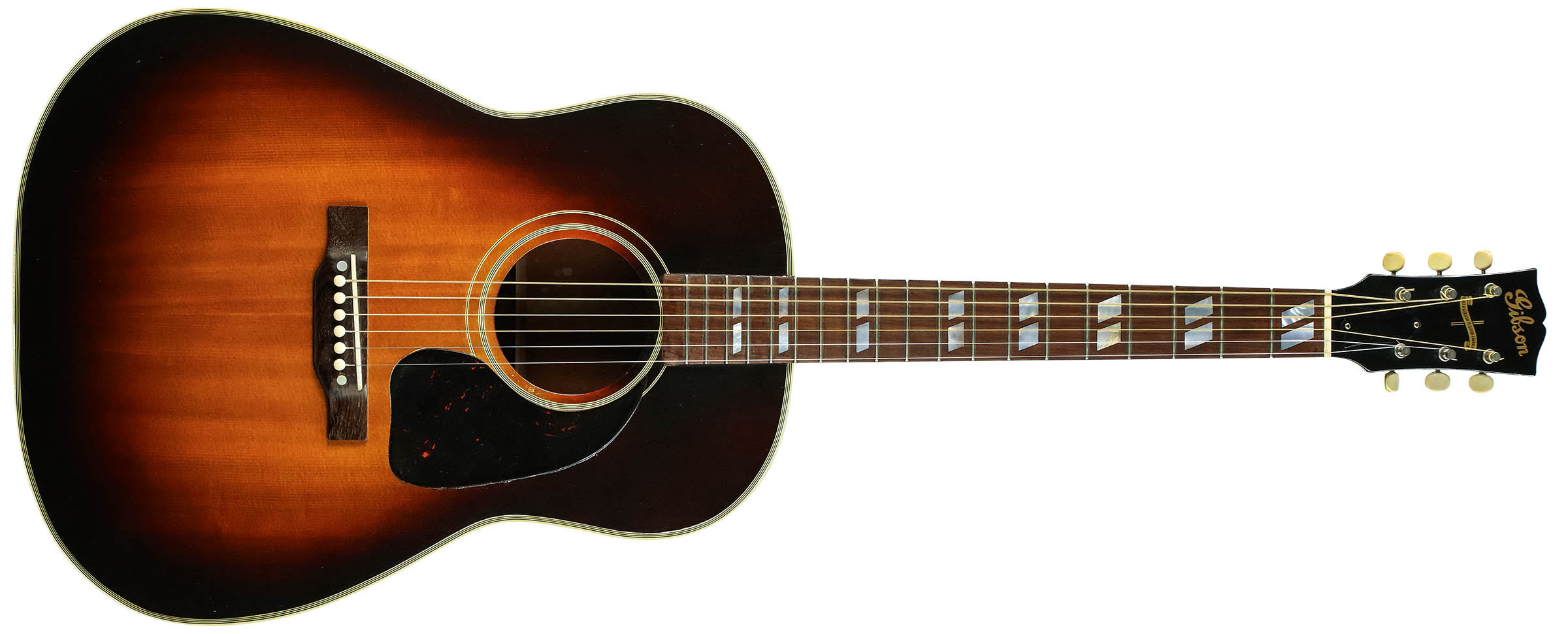
We’re talking about a neck that has stayed straight for decades. Considering all the crazy weather conditions we have here, that’s amazing and shows just how well they were made.
The precision was incredible, and as one of Gibson’s fancier and rarer models, you can usually expect to see higher quality wood on a Southern Jumbo than on similar but more affordable J-45 and J-50 models.
- Vintage guitar veteran David Davidson owns Well Strung Guitars in Farmingdale, New York | info@wellstrungguitars.com / 001 (516) 221-0563
- This article first appeared in Guitarist. Subscribe and save.
You must confirm your public display name before commenting
Please logout and then login again, you will then be prompted to enter your display name.
